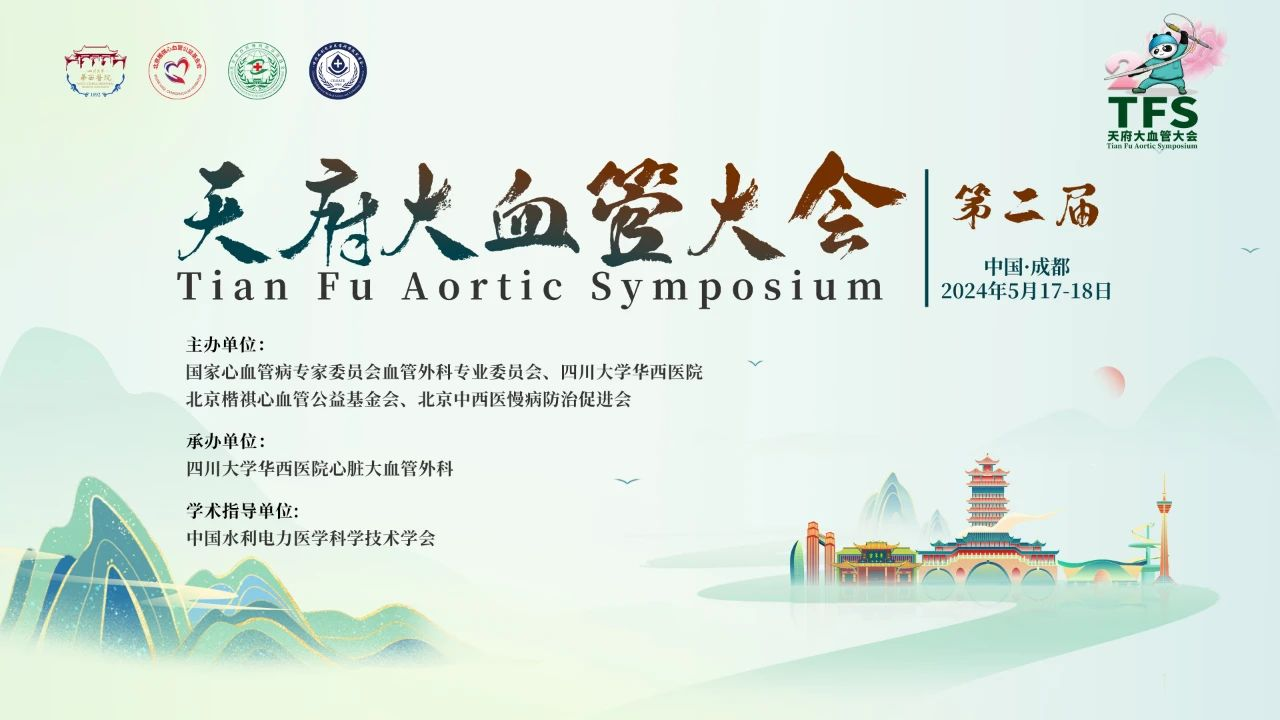
With an aging population, the incidence of aortic dissection (AD) is rising yearly. In 2021, Tang et al. reported an annual incidence of 2.78 new cases of aortic type A dissection (AD) per 100,000 people in contemporary Chinese cohorts. AD is an acute, life-threatening condition primarily treated through surgery. On May 17-18, 2024, at the 2nd Tianfu Vascular Conference (TFS 2024), Professor Yu Cuntao from the National Cardiovascular Center of Fuwai Hospital shared his 20 years of experience in total arch replacement for treating aortic type A dissection.
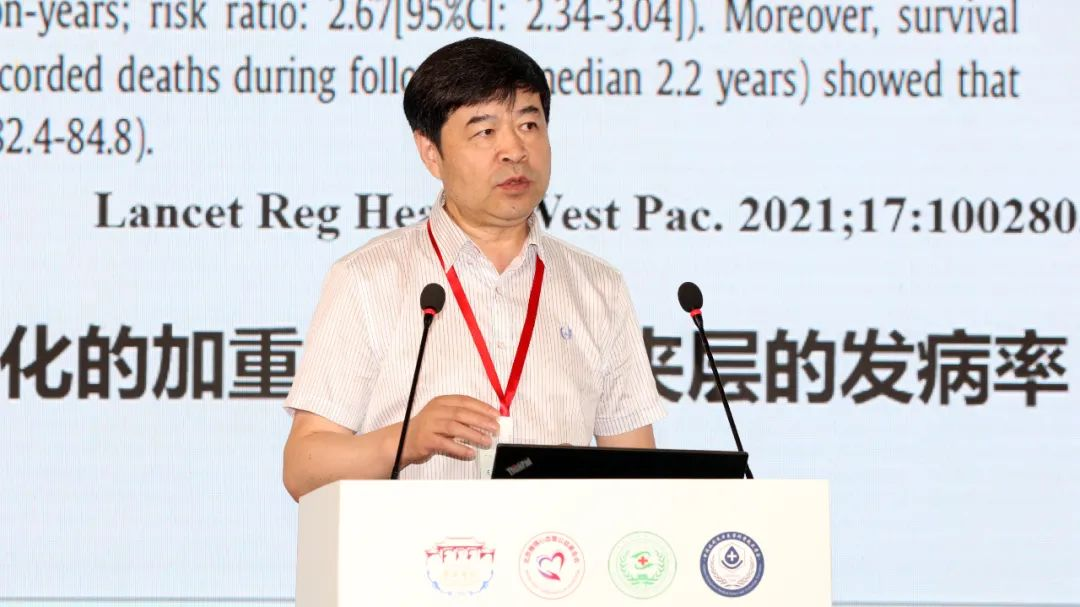
Global Developments in AD Treatment
In 1983, Borst et al. first introduced the elephant trunk technique (ET) for extensive aortic replacement. In 1996, Kato et al. reported a new method of implanting stent grafts into the descending aorta in 10 patients (7 aneurysms, 3 dissections). In 2003, Borst reintroduced the concept of the “frozen elephant trunk technique” (FET).
Zhu et al. published a 50-year experience with ATAAD treatment at Stanford, involving 1007 cases between 1967 and 2019. They reported evolving surgical outcomes, with significant improvements in 30-day mortality rates and long-term survival over the decades. Similarly, Cabasa et al. reported the Mayo Clinic experience, treating 304 ATAAD cases between 1993 and 2014, with notable survival rates and an 11.8% TAR (total arch replacement) rate. The Italian Bologna data indicated a decrease in ATAAD mortality from 33.06% to 11.45% between 2000 and 2021. Sá et al.’s meta-analysis showed higher long-term survival rates for TAR compared to proximal repair, with no significant difference in reoperation rates.
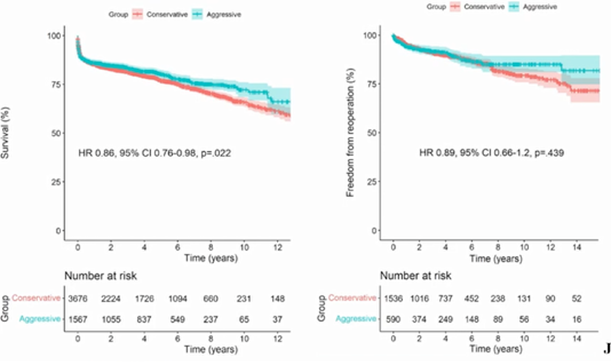
At Asan Medical Center in Seoul, a study from 1999 to 2019 involved 365 AD cases, comparing outcomes between total arch and hemiarch replacement. The study found no significant difference in long-term mortality between the groups.
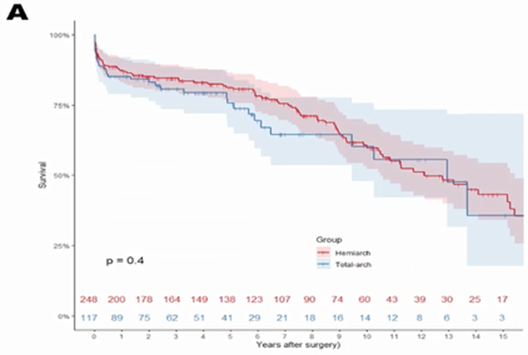
Fuwai Hospital Data
Early Historical Review
In 1998, Professor Sun Lizhong performed the first traditional elephant trunk treatment for TAAD. In 2003, Fuwai Hospital successfully conducted TAR with FET for TAAD. By 2005, they summarized the experience of using four-branch grafts in 83 cases. Between January 2003 and September 2008, Fuwai Hospital treated 544 A-type dissections, with 411 undergoing arch surgery and 291 receiving TAR with FET (including 148 ATAAD cases). The in-hospital mortality rate was 4.7%, stroke rate 2.7%, and paraplegia rate 1.4%.
Contemporary Data
From 2003 to 2022, Fuwai Hospital’s annual number of A-type aortic dissection surgeries increased. They refined AD classification based on arch involvement to guide surgical decisions. Analyzing clinical data from 2010 to 2022, they focused on 1672 ATAAD patients who underwent TAR with FET.
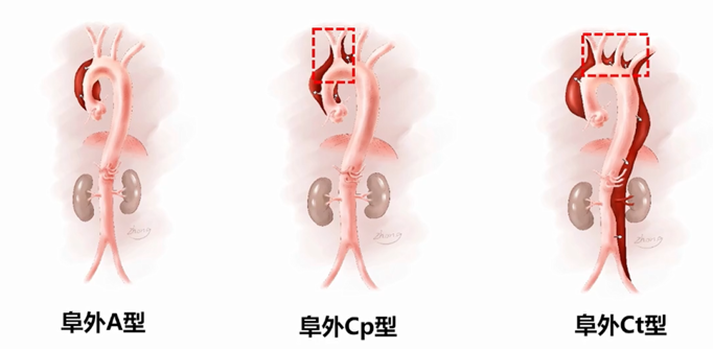
Surgical Outcomes and Complications
The surgical mortality rate was 6.30%, stroke rate 3.3%, and paraplegia rate 2.4%.
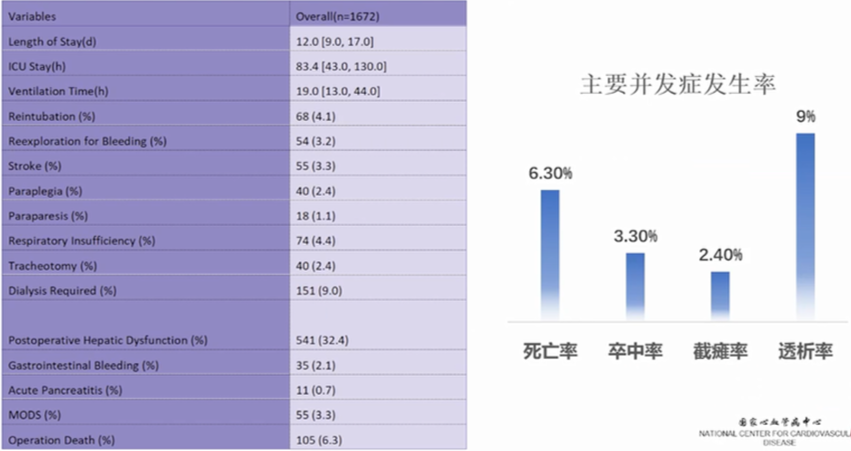
Factors such as male gender, older age, coronary artery disease, chronic renal insufficiency, preoperative pericardial effusion, liver dysfunction, and low platelet counts increased mortality risk. Perfusion issues in coronary arteries and spinal/renal/limb areas were more prevalent in deceased patients. There were no significant differences in root management, emergency surgery proportion, or preoperative wait times between survivors and non-survivors.
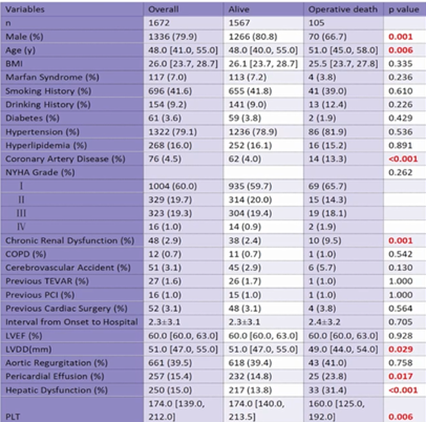
Long-term Follow-up
The median follow-up period was 4.49 years, with a 10-year survival rate of 81.4% and a 10-year reoperation-free rate of 85.2%. Most survivors (89.7%) regained good quality of life, with only 1.1% losing self-care ability.

Risk Factors
Factors influencing long-term survival included left ventricular ejection fraction (LVEF) and gender, with women having a 1.47 times higher long-term mortality risk than men. Coronary artery disease and intraoperative bypass increased both surgical and long-term mortality risks. Preoperative cerebrovascular accidents also negatively impacted long-term outcomes.
Trends and Improvements
• Patient Age: The average age of patients has been increasing, reaching 51.6 years in 2022.
• Surgery Duration: Stabilized at an average of 6.6 hours post-2014.
• Core Temperature: The lowest core temperature during surgery increased over the years, reaching 27.3°C in 2022.
• Annual Case Numbers: Since 2013, Fuwai Hospital has performed over 100 TAR+FET procedures annually, with 11 surgeons involved.
• Annual Mortality Rate: Despite slight fluctuations, the overall surgical mortality rate was 6.3%.
Conclusion
With technological advancements, the number of acute aortic type A dissection surgeries has increased yearly. Total arch replacement with the frozen elephant trunk technique remains the preferred method for complex arch-involving dissections, showing promising long-term survival and reoperation-free rates. Patients generally regain a high quality of life post-surgery. Female patients have higher long-term mortality risks than males, and preoperative perfusion issues affect short-term but not long-term outcomes. Marfan syndrome and TEVAR history increase the risk of reoperations, while Bentall surgery reduces it. Further follow-up is needed for younger patients to assess long-term outcomes fully.
Contact Us
If you have any questions or interests regarding this technique or the Tianfu Vascular Conference, please leave a comment or contact us via email at endovascluar@simtomax.cn. Thank you for your attention. Let’s work together for health!


